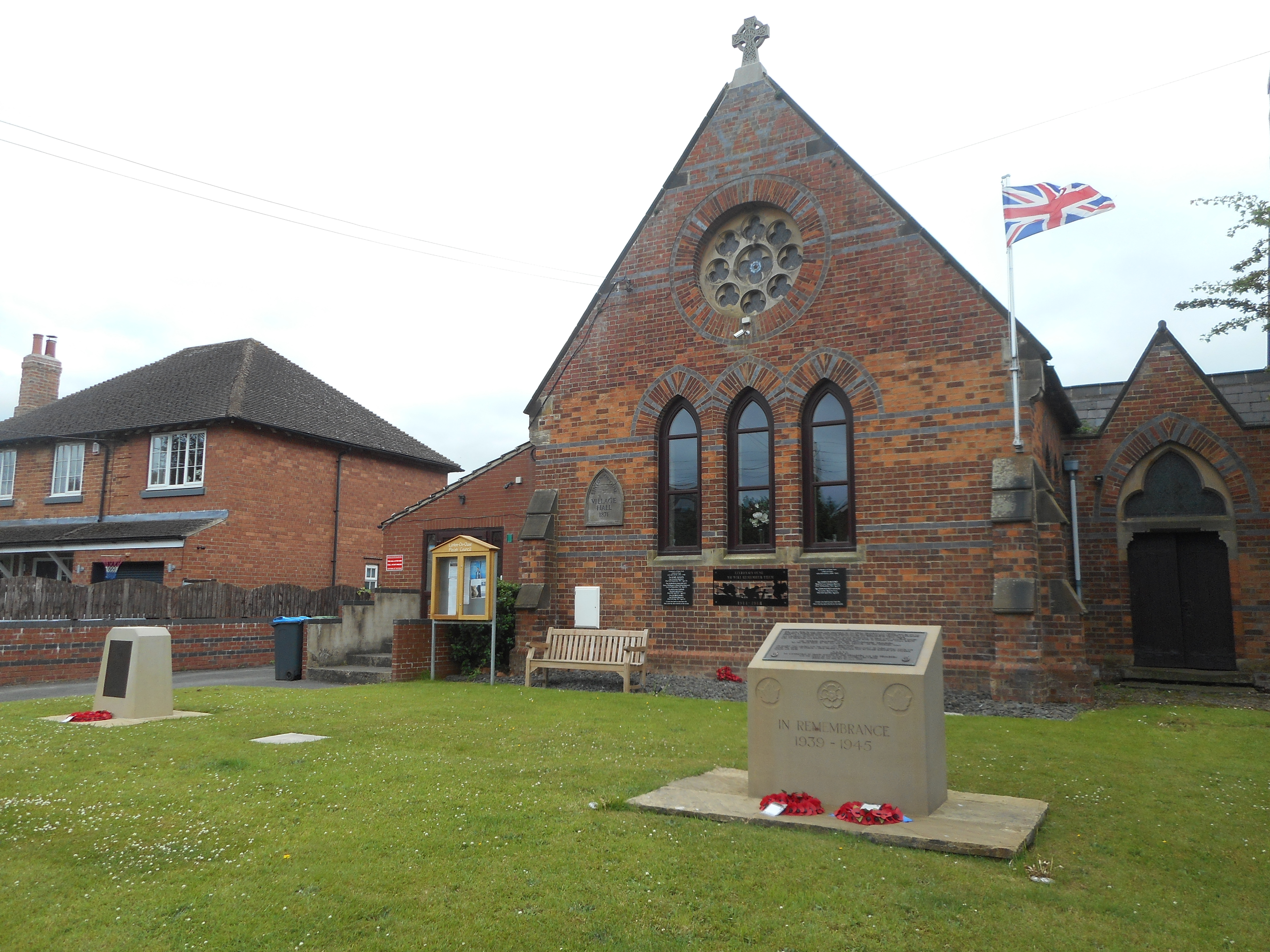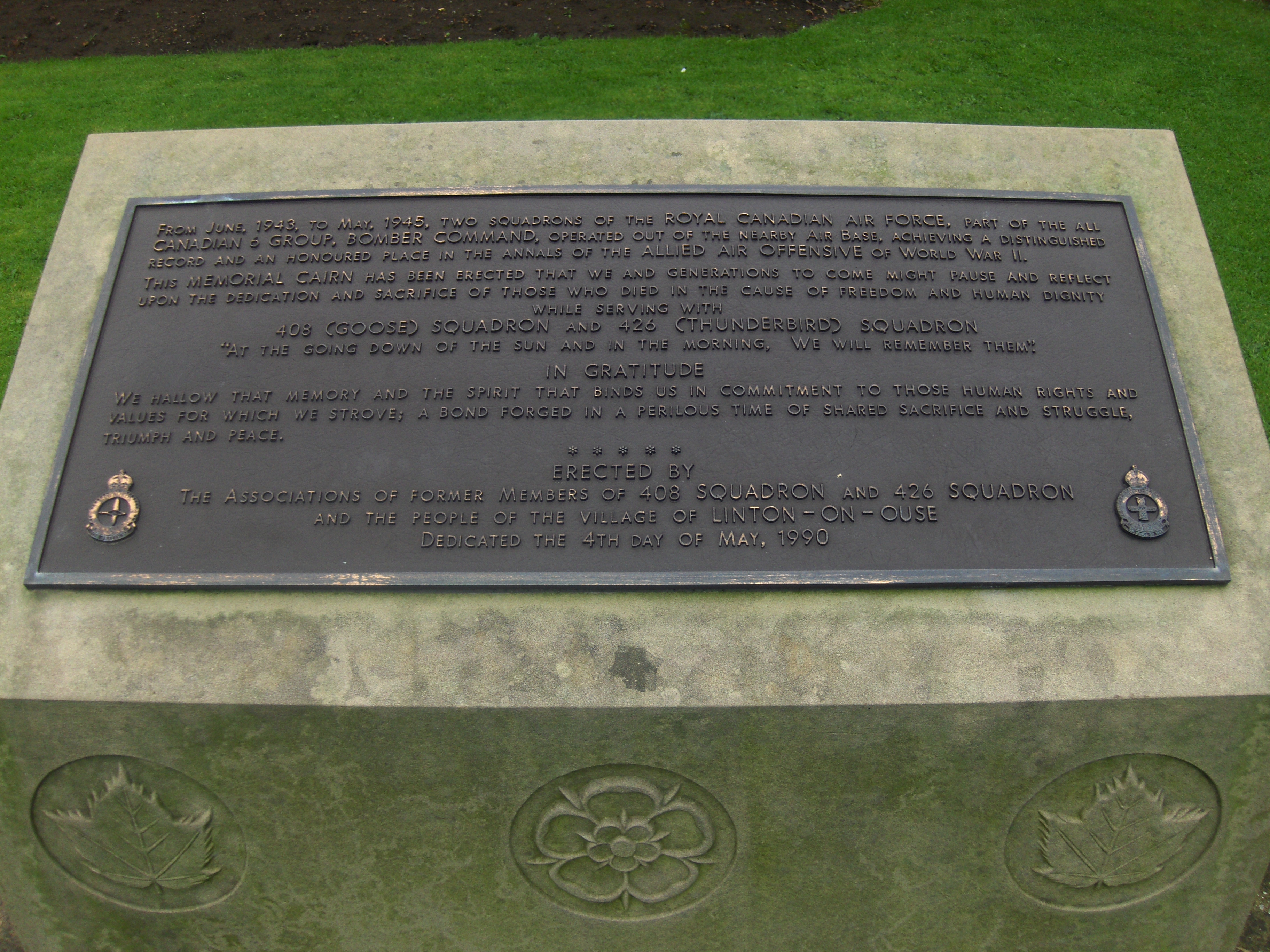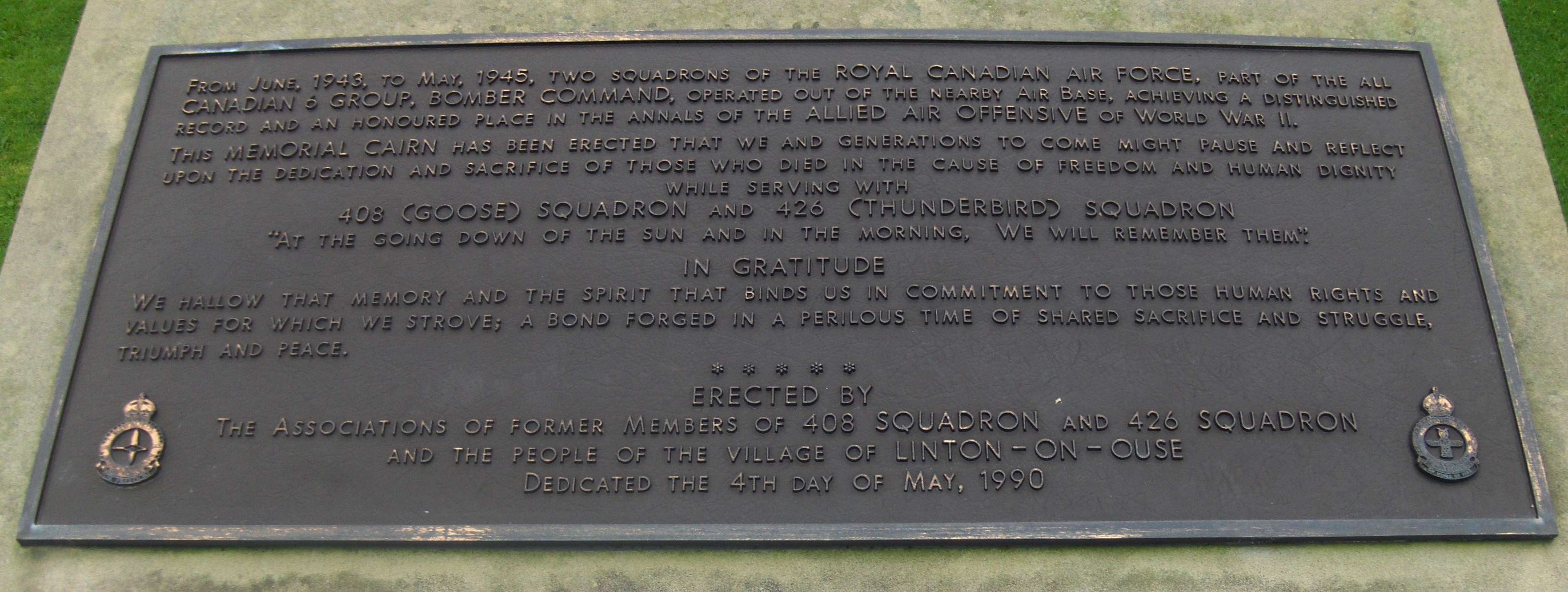Woolhether, Spencer Elwood
Personal Information
| Rank | P/O |
| Forename(s) | Spencer Elwood |
| Surname | Woolhether |
| Gender | M |
| Age | 23 |
| Date of Death | 22-03-1944 |
| Next of Kin | Son of G. Murphy and Ora Gladys Woolhether and fostered by his grandparents, whom he named as next of kin: Grandson of Benjamin and Mary Woolhether of Dahinda, Saskatchewan, Canada. |
Aircraft Information
| Aircraft | Avro Lancaster II |
| Serial Number | LL717 |
| Markings | EQ-W |
Memorial Information
| Burial/Memorial Country | Germany |
| Burial/Memorial Place | Durnbach War Cemetery |
| Grave Reference | 8. E. 25. |
| Epitaph |
IBCC Memorial Information
| Phase | 2 |
| Panel Number | 269 |
Enlistment Information
| Service Number | J/90754 |
| Service | Royal Canadian Air Force |
| Group | 6 |
| Squadron | 408 (Goose) |
| Squadron Motto | For freedom |
| Trade | Air Gunner |
| Country of Origin | Canada |
Other Memorials
| Location | Woolhether Lake, Saskatchewan |
| Country | Canada |
| Memorial Type | Lake |
| Memorial Text |
| Location | Village Centre, Linton on Ouse, North Yorkshire |
| Country | United Kingdom |
| Memorial Type | Stone Memorial and inscribed slate tablet |
| Memorial Text | In memory of 408 (Goose) and 426 (Thunderbird) Squadrons of R.C.A.F |
Miscellaneous Information
| Spencer was born on 26 October 1920 to Ora Gladys Woolhether in Truax Saskatchewan and lived with his grandparents Benjamin and Mary Woolhether in the village of Dahinda, Saskatchewan. Ora was born in the USA. He went to school in Capitolia, Sask between 1926-1936 where he took grades 1 to 9, and enjoyed playing baseball and hockey. After leaving school he went into farming which he did for the next seven years from 1936-1943 until enlisting. At the time he signed up he was living at 1401 Argyle Street, Regina, Sask. |
| Spencer enlisted in Regina on 13 May 1943, and after his early training, he embarked from Halifax on 14 December 1943. Arriving in the U.K. he went to 3 PRC on 22 December 1943, 61 Base 3 February 1944, 1666 CU and on to 408 Squadron on 21 February 1944. He was killed just four weeks later. |
Commonwealth War Graves Commission
Fellow Servicemen
Please note that this list gives all the losses aboard the quoted aircraft and occasionally these may have occurred on an earlier date when the aircraft was not itself lost. Please check the dates of death carefully.
Last Operation Information
| Start Date | 22-03-1944 |
| End Date | 23-03-1944 |
| Takeoff Station | Linton-on-Ouse |
| Day/Night Raid | Night (3% moon) |
| Operation | Frankfurt. 816 aircraft, 33 losses (4.0%). An indirect route, in addition to a diversionary raid on Kiel kept fighters away for some time and in fact the German controller believed that Frankfurt was the target. Marking and bombing were accurate and Frankfurt was again badly damaged right across the city. 948 deaths and 346 seriously injured. Some 120000 people were bombed out of their homes. |
| Reason for Loss | Believed to have been shot down by a night-fighter and crashed at Hausen, Germany |


